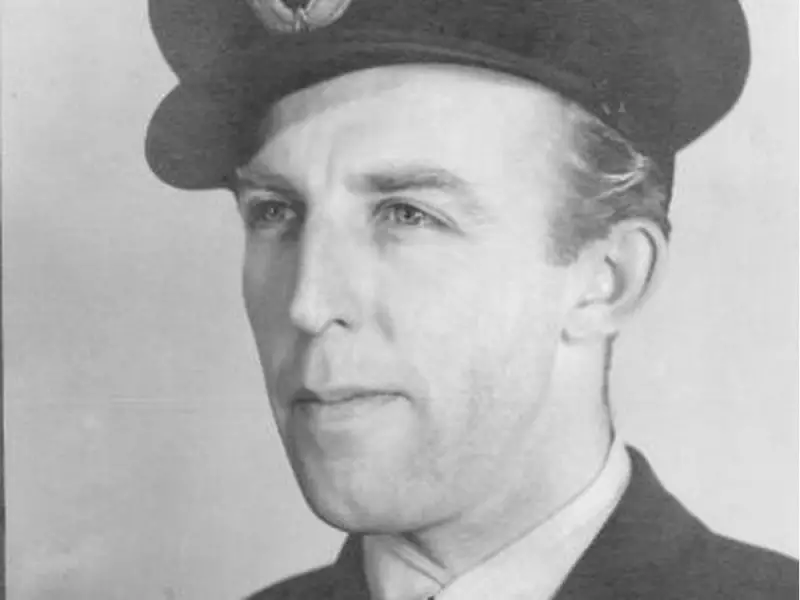
The story of William Baldwin, an Ottawa calligrapher and commercial artist, represents one of Canada's most poignant connections to the memory of its fallen soldiers. For five years, Baldwin dedicated himself to the sacred task of inscribing the names of every Canadian who died during the First World War into what would become the country's first Book of Remembrance.
A Monumental Task of Remembrance
Between 1932 and 1937, William Baldwin bent over his writing desk, carefully inscribing onto hand-made vellum sheets the names, ranks, decorations, and units of 66,655 Canadians who made the ultimate sacrifice during the Great War. Selected for his precise and expressive calligraphy, Baldwin faced an immense challenge: a single error—whether a smudge, incorrect rank, or name out of alphabetical order—could ruin weeks of meticulous work.
The project emerged as a solution to a practical problem. Government planners had initially intended to carve the names of the war dead onto the walls of the Peace Tower's Memorial Chamber on Parliament Hill but soon realized there was insufficient space. Colonel Archer Fortescue Duguid, the official historian of the Canadian Expeditionary Force, proposed the creation of a memorial book instead.
From Artistic Creation to Personal Sacrifice
Baldwin's completed work comprised more than 600 pages, each illustrated with laurels, illuminated with gold, and ultimately bound in Moroccan leather to create Canada's first Book of Remembrance. The volume was officially dedicated on Parliament Hill, serving as a permanent tribute to those who served.
Tragically, just nine months after the book's dedication, Squadron Leader William Baldwin became one of the very soldiers he had so carefully memorialized. In August 1943, at the age of 33, Baldwin died when his bomber was shot down over Berlin during the Second World War.
A Legacy Written in Ink and Blood
In a heartbreaking twist of fate, Baldwin's name appears on page 133 of Canada's Second World War Book of Remembrance, inscribed by another hand in the very type of volume he had helped to establish as a national tradition.
"It's a pretty remarkable story: the guy who wrote out 66,000 names for the first book would himself be written into the second book," said Dave O'Malley, a graphic designer and amateur historian who recently researched Baldwin's story for the charitable organization Vintage Wings of Canada.
William Henry Baldwin was born on January 12, 1910, in Ottawa, where he grew up with five siblings in the Glebe neighborhood. He attended Glebe Collegiate Institute, where he participated in basketball, rugby, and tennis while developing his artistic talents. After working briefly at a life insurance company and in the photographic section of the Royal Canadian Air Force, Baldwin applied for the position that would define his legacy—creating the Book of Remembrance.
This profound connection between the artist and those he memorialized creates a unique narrative in Canadian military history, one that continues to resonate as a powerful symbol of service, sacrifice, and remembrance.





